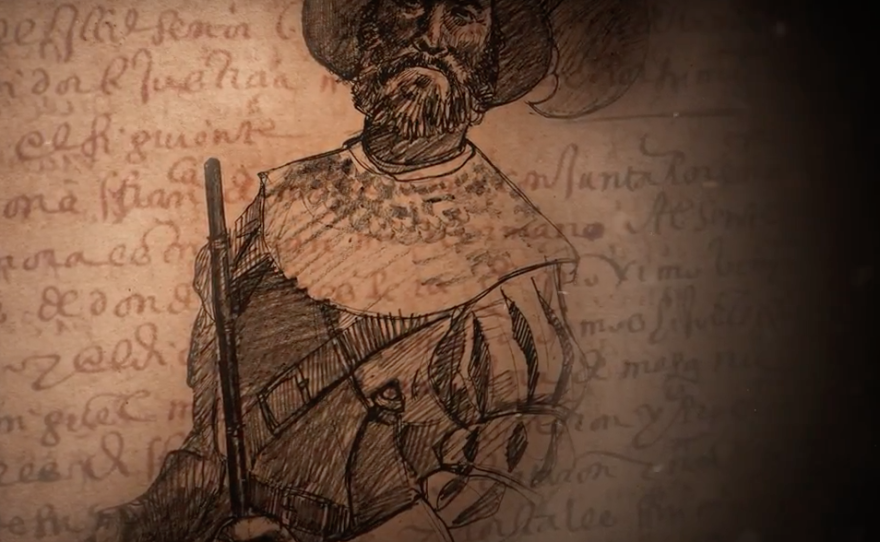J. Michael Francis spent nearly a decade combing through thousands of scribbled notes, ship logs and dusty relics to chronicle Florida’s Spanish past. He hoped that one day he could bring that once hazy picture into sharp focus.
For the chair of the Florida Studies program at University of South Florida St. Petersburg, that day is Thursday, when the website, La Florida: The Interactive Digital Archive of the Americas, is formally unveiled. (Editor's Note: The website will go live 3/15)
The website was developed with help from such partners as the Spanish Embassy, the Instituto Nauta and EDRIEL Intelligence, which developed the site's technology under Chief Innovation Officer Francisco Guitard.
La Florida allows users to peer into the lives that shaped Florida between 1513 and 1821, by tracking where thousands of early Floridians lived before they made the arduous journey to North America.
With the original documents, users can also see how these men and women provided for their families, where they moved and whom they married. Visitors can even discover whether that person could read or write.
“Some of what you find will surprise you,” said Francis.
Francis and his team have identified more than 13,000 of Florida’s earliest colonial settlers, representing men and women from the Americas, Africa and Europe. And they weren't only from Spain — some came from Portugal, Greece, Italy, Holland, Belgium, France, Germany and Croatia.
“Florida history is woven into a global history since the beginning,” Francis said. “That is what (La Florida) will show.”

The early history of Florida is a story told on multiple levels: of the interactions between people of different ethnic and linguistic backgrounds; of seldom recognized female figures and Native Americans; of a variety of careers -- sailors, soldiers, blacksmiths, tailors, hat makers, doctors and master beer brewers; and even of a variety of ages, with some young settlers being between 18- and 22-years-old, the age of some of Francis’ students.
“These are the settlers. These are the people we call the conquistadors,” he said.
Seeing the past in such a way helps people go beyond the textbook and understand the nuance and complexity of Florida’s early story, Francis said.
The website is designed to allow visitors to click on embedded maps and graphics, providing opportunities to learn and view more visual and written content. It will showcase an accessible, adaptable and bilingual academic window into the formation of Florida.
La Florida also features digital museum exhibits such as “The Life and Death of Colonial St. Augustine,” which immerses visitors in original St. Augustine Parish Records. Here users can find baptism, confirmation and marriage papers.
On the website are also stories of little known figures and events in Florida history, like Luisa de Abrego, a free black domestic servant who came to St. Augustine from Seville, Spain.
In 1565, she married a Spaniard -- the oldest documented marriage of any region of the United States, Francis said.
For now, La Florida will concentrate on the original 16th century Florida expeditions and their lasting legacy in the region, but Francis hopes the site will grow and inspire other Spanish and early Florida scholars to contribute to the database.





